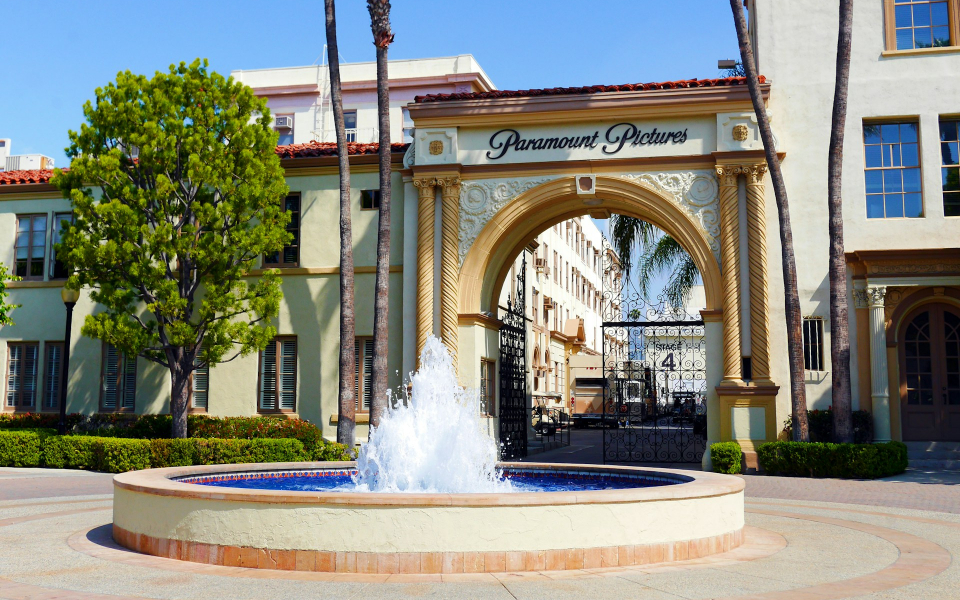Last year, we covered the movements of augmented reality startup Magic Leap when it had just begun to gain traction and attracted $800 million in funding. Today, the company has come a long way since its inception in 2011 courtesy of Rony Abovitz, raising over $2 billion and finally announcing the release of an AR headset to developers in 2018.
The high level of buzz generated by a company that has yet to release a product is truly remarkable. On December 20th, Magic Leap altered its website so that its new AR headset was on full display. The headset has an interesting retro-futuristic design and takes the form of goggles. The goggles are called Magic Leap One, and their function is to meld digital images with the real world in a fashion that is organic and exhilarating, allowing our imaginations to cross bounds they have never known before.
Wired reports that the goggles, dubbed the Magic Leap One, come with a controller and a palm-sized battery pack, and have a steampunk vibe. A Rolling Stone preview suggests they'll be pricey. Aside from that, there's not much more information available. They're still untested, so it's impossible to compare them to other available prototypes. What's most remarkable is not the glasses themselves, but moreso the fact that Magic Leap has finally produced proof that its technology is real. Hitherto, the technology has only been seen by those who have signed lengthy and complicated nondisclosure agreements.
Aside from having a potentially groundbreaking product on its side, Magic Leap has a slew of other potential advantages. For one, some of its board members include Google CEO Sundar Pichai and Alibaba executive chairman Joe Tsai. The startup also has useful connections in Hollywood, with Steven Spielberg reportedly being an investor. Moreover, Magic Leap has solidified entertainment-focused partnerships like one with Lucasfilm's ILMxLAB. Magic Leap hired ILM cofounder John Gaeta in October. Finally, with the right guidance under Abovitz, who sold a medical robotics company in 2013 for $1.65 billion, the company seems to have all its gears in the right place.
As addressed previously, what differentiates the Magic Leap from other tech behemoths' innovations, such as Facebook's
Whatever further details of Magic Leap's technology emerge, it is clear that the company is a major contender in the VR market.



















